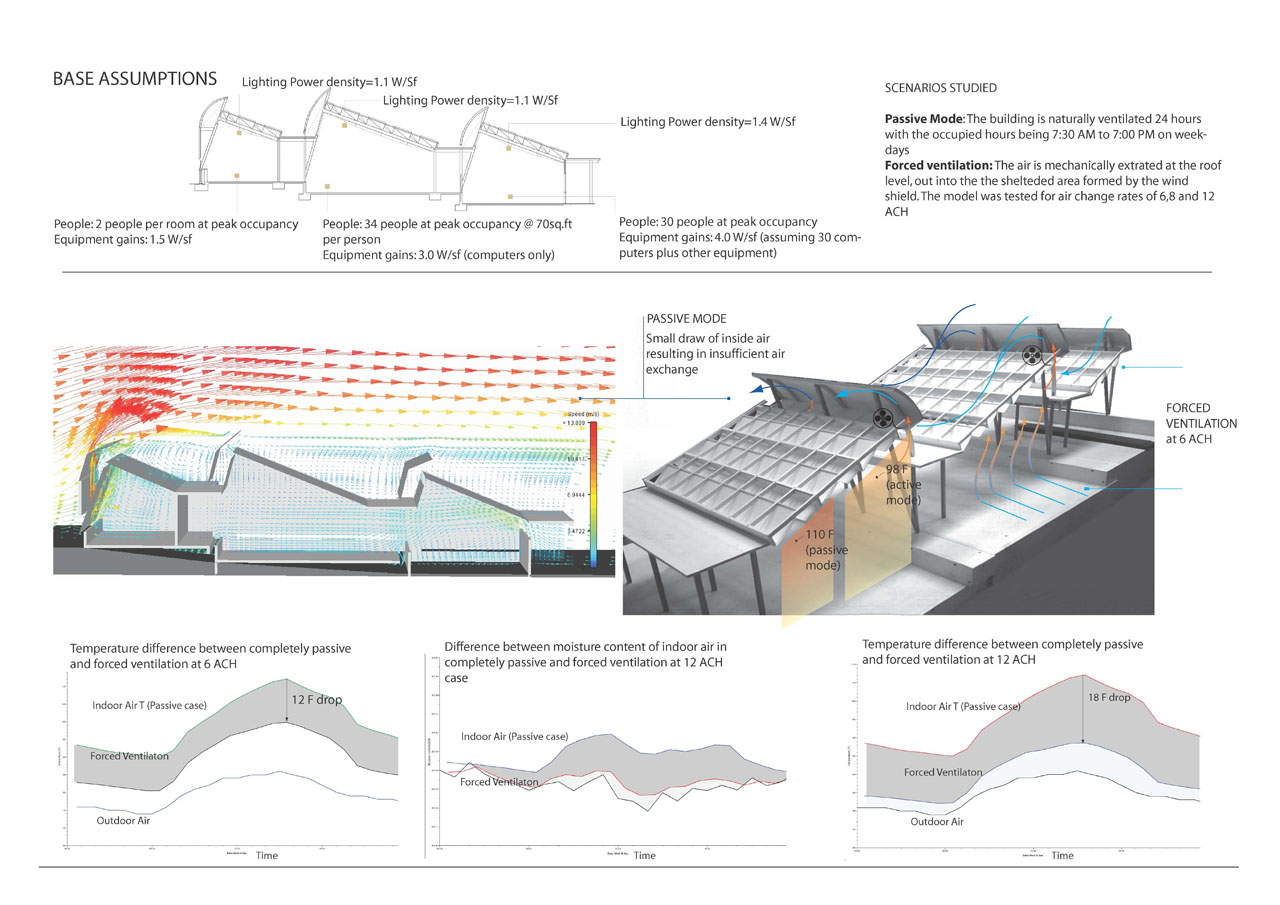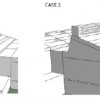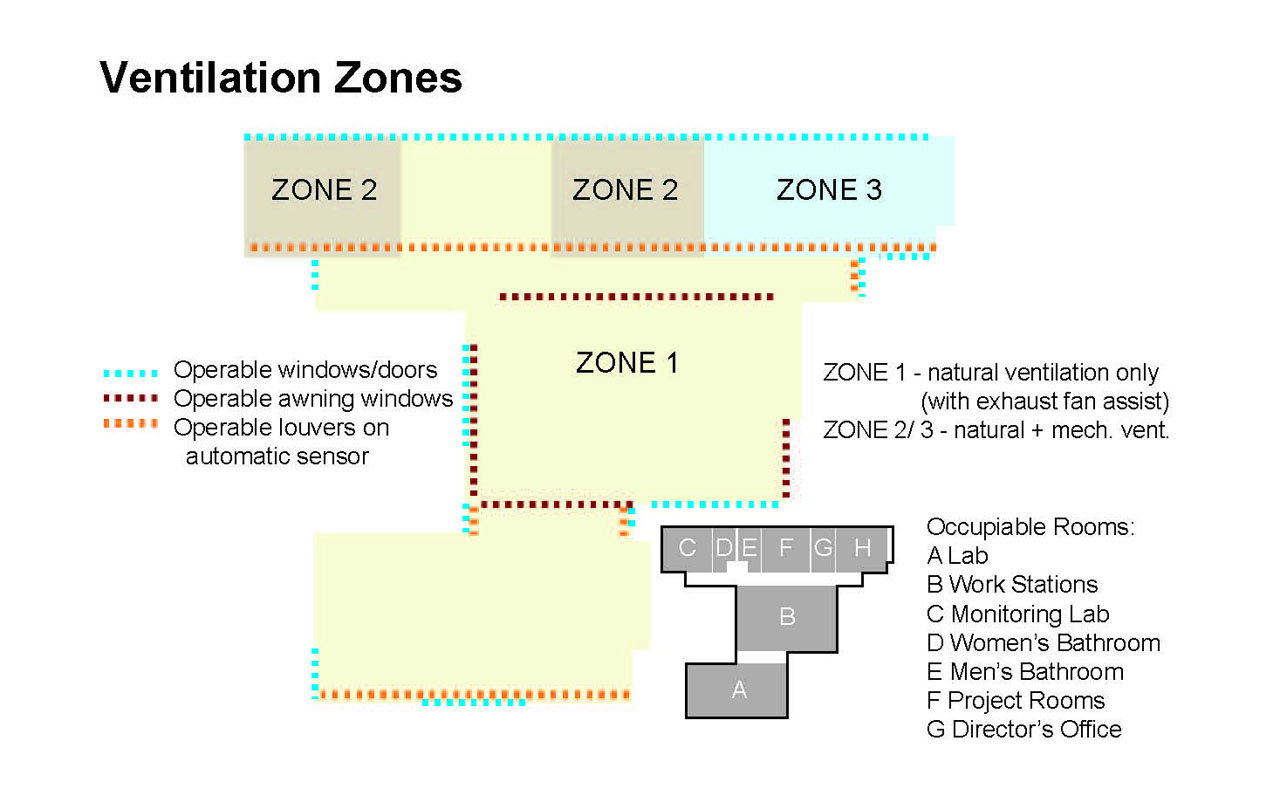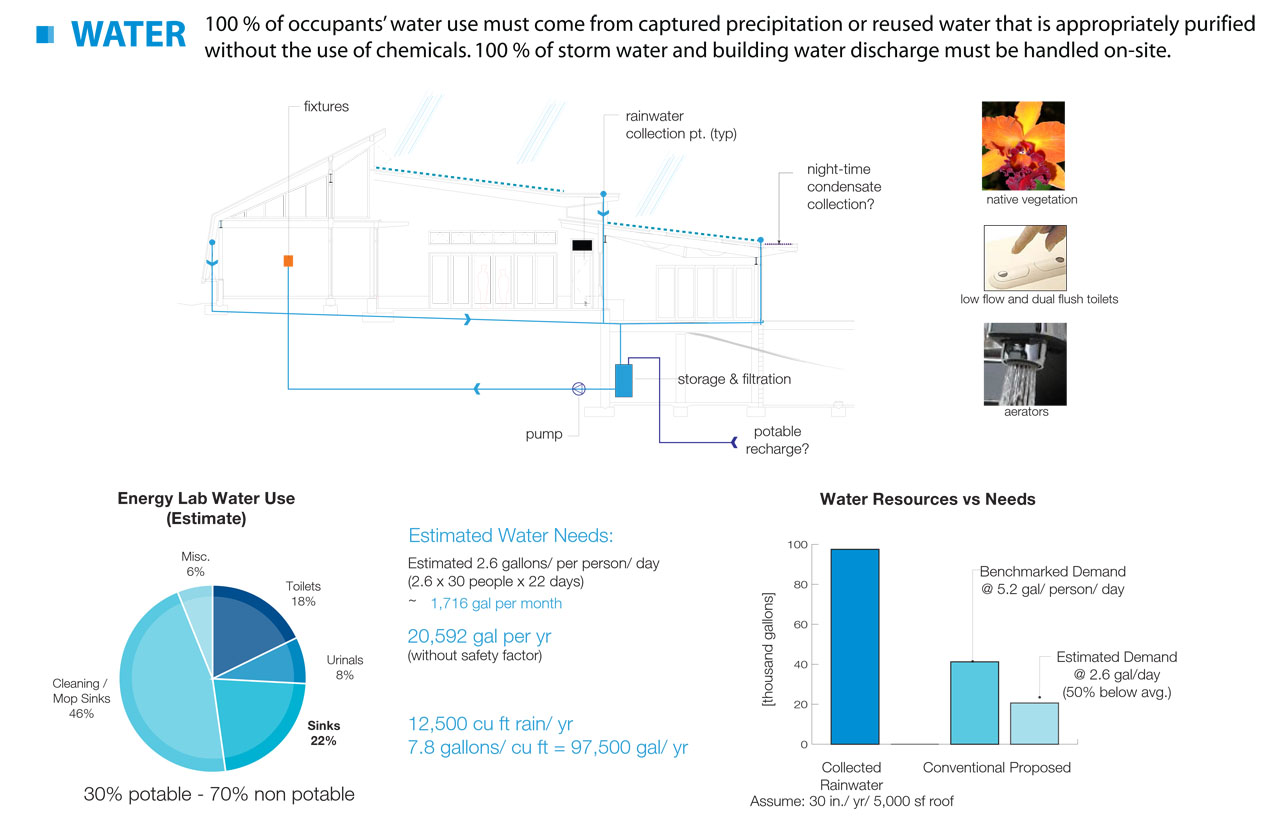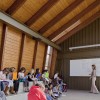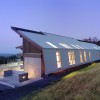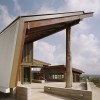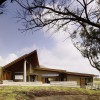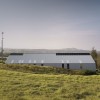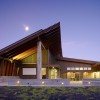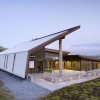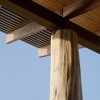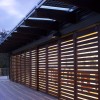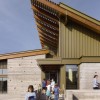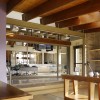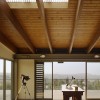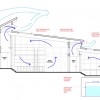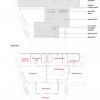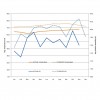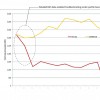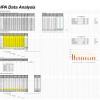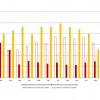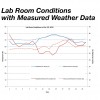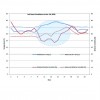Adaptation: The Hawaii Preparatory Academy's Living Building
Video
Living Building status was recently awarded to the Energy Lab on the campus of The Hawaii Preparatory Academy (HPA), a K–12 school on Hawaii’s main island. It is only the third project in the world to meet Living Building criteria.
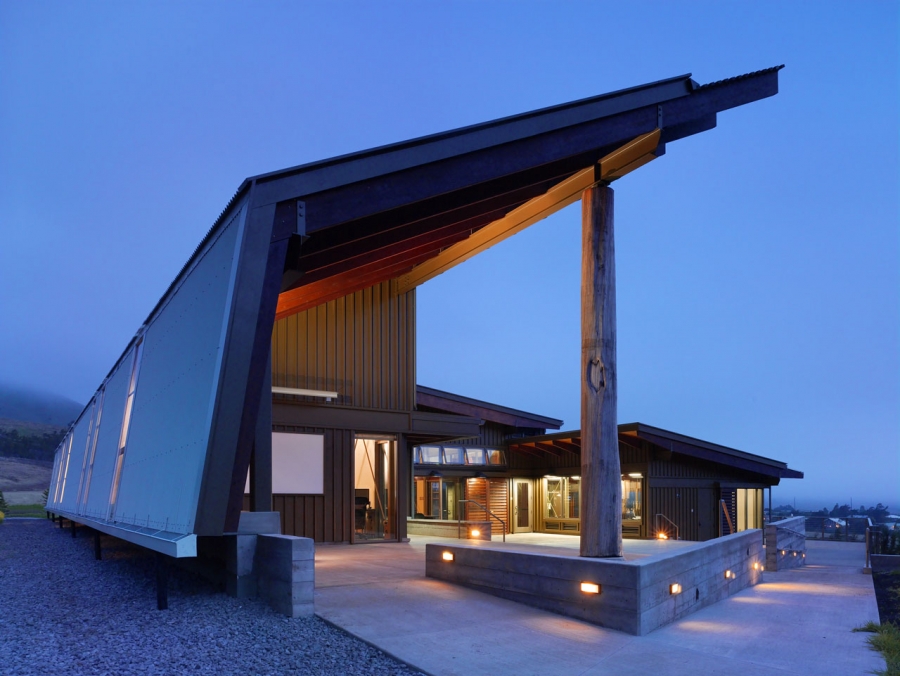 Credit: Matthew Millman
Credit: Matthew Millman
A New Impetus for Design
With energy-efficiency goals becoming ever more ambitious, it is imperative that there be a change in the way systems are engineered and specified. Instead of being "plugged in" during a late stage of design, energy systems must be addressed at a project’s outset, informing the building’s development and evolving concurrently with it. This is the methodology that was followed for the Energy Lab.
“We brought [engineering firm] Buro Happold in at the outset of the Hawaii Preparatory Academy project,” says David Croteau, president of Flansburgh Architects. “It was a very integrated process.”
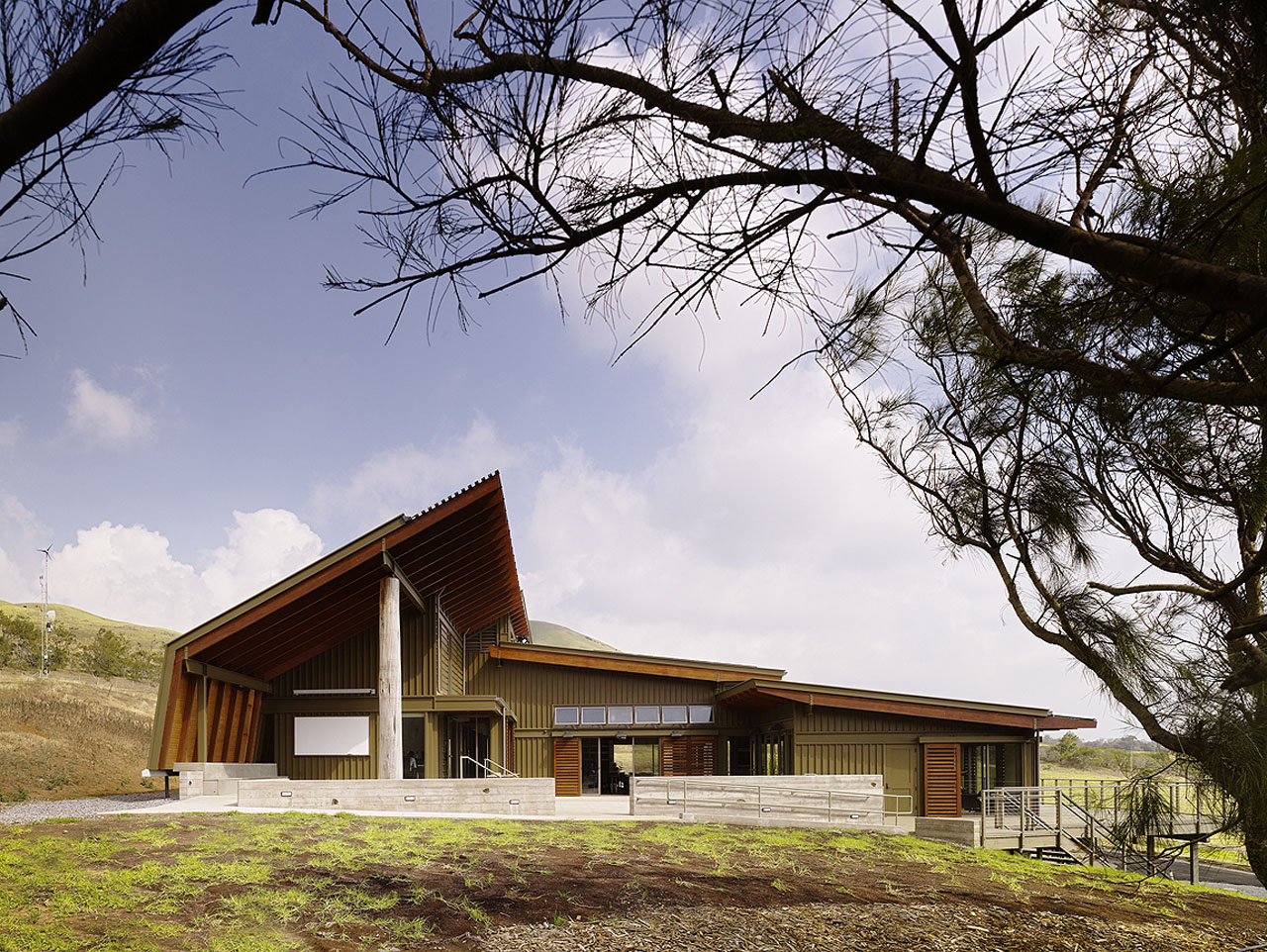
Ventilation
Limiting cooling demands for the 5,902 sq. ft. (approx. 548 m2) structure was one of the primary objectives. The director of the Energy Lab, Dr. Bill Wiecking, drew upon his background in physics to sketch out a preliminary design scheme that would optimize passive cooling by allowing warm air to rise and be vented from the roof. The lab sits at the base of a mountainous stretch, with prevailing winds from the north. Wind is so prevalent on the site, says Croteau, that “the symbol for the HPA is a tree bent by the wind.” With wind coming from the same direction and at the same speed 89% of the time, Croteau goes on to explain, there was only one kind of stack event associated with the site. “Cooler air enters the building low and exits high.”
Wiecking’s design scheme was also based upon local building types. “All throughout the Pacific, you’ll see these buildings with three-pitch roofs, like shed roofs. A lanai, or shaded patio, will always face the equator; air moves over the cool ground before being drawn into the building,” he explains.
Working within these initial parameters, Buro Happold used computational fluid dynamics (CFD) to optimize the building form for natural ventilation. According to Ana Serra, an associate sustainability consultant at Buro Happold, the design options evaluated included height of spaces, location of exhaust fans/louvers, and number and size of openings. “Through this process, the design was optimized to provide maximum comfort by passive means by achieving a sufficient number of air changes per hour (ACH). The primary force driving the air change rate is the pressure differential, and the CFD analysis was useful to assess the effectiveness of the different options,” says Serra.
Computational Fluid Dynamics (CFD) Planning
According to Serra, the initial architectural response was to create a type of windshield structure that would act as a wind and rain block to the north-facing roof vents:
- This configuration did create a negative pressure zone along the ridgeline and did induce some pressure-driven air flow through the openings along the first and highest bar.
- The northernmost windshield-like structure created a substantial wind shadow in its wake, reducing the wind speed and creating turbulence.
- As a result of this wind shadow, the next two windshield structures and coinciding ridge vents did not create a strong negative pressure zone at the opening, reducing the airflow from the middle and south bars, which also experience higher solar loads due to southern exposure.
To obtain the finished architectural form, the results of the engineering studies were wedded to the building’s context and its programmatic demands. Many of the buildings on campus were designed by modernist Vladimir Ossipoff, who designed them to have shed roofs and lie parallel to the site’s contours; therefore it was a natural choice to fit the building with sloped shed roofs and clerestory openings for ventilation. “The three bars of the Energy Laboratory respond to the context of the site,” says Croteau. Wiecking points out that the tripartite design fits well with the school's educational mission: students collaborate, research, and then physically build each project. And, in fact, the three bars of the building house those three distinct functions. Project rooms occupy the northernmost bar, the main workspace occupies the center section, and a larger laboratory/workshop is in the southern bar.
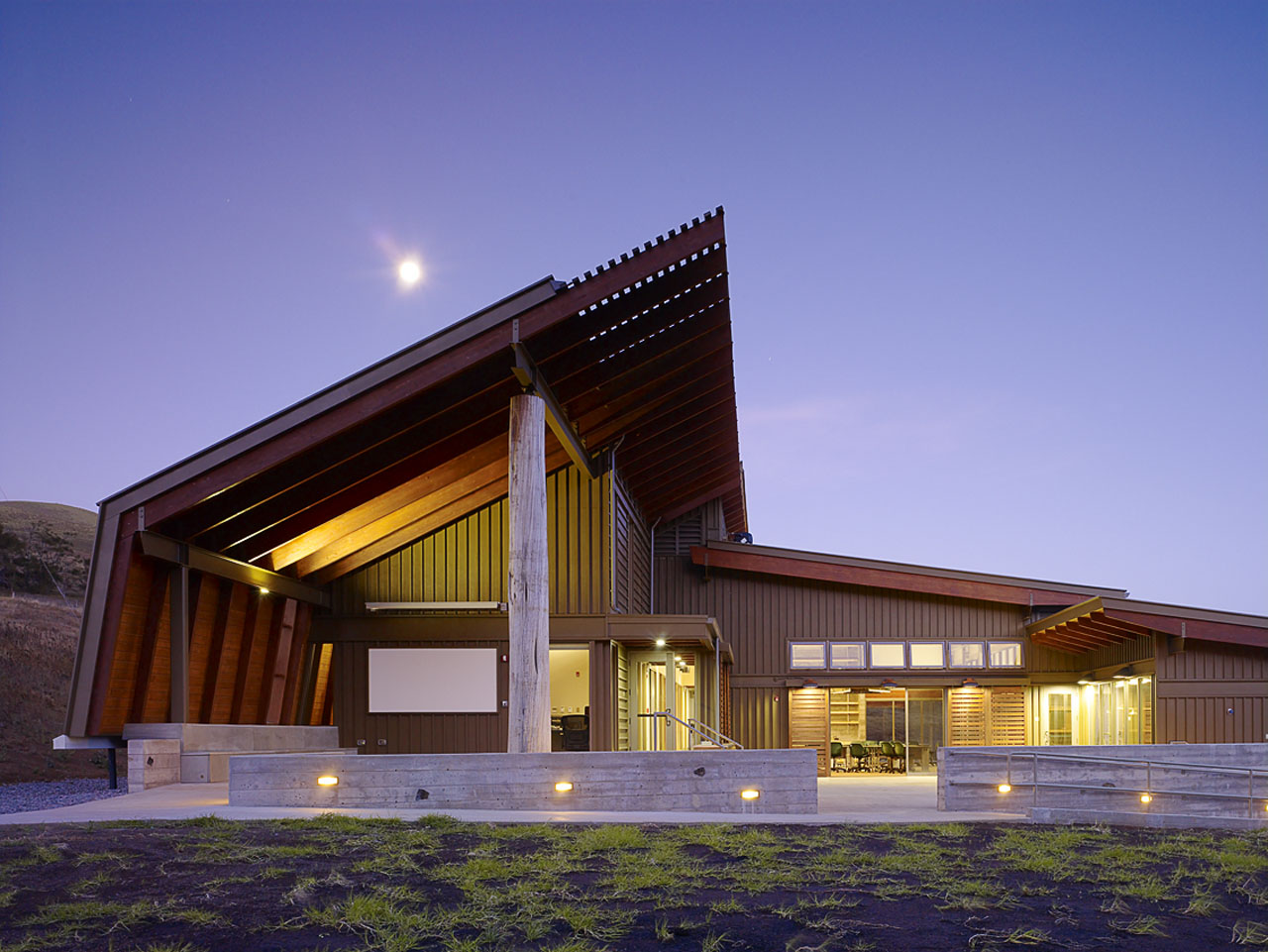
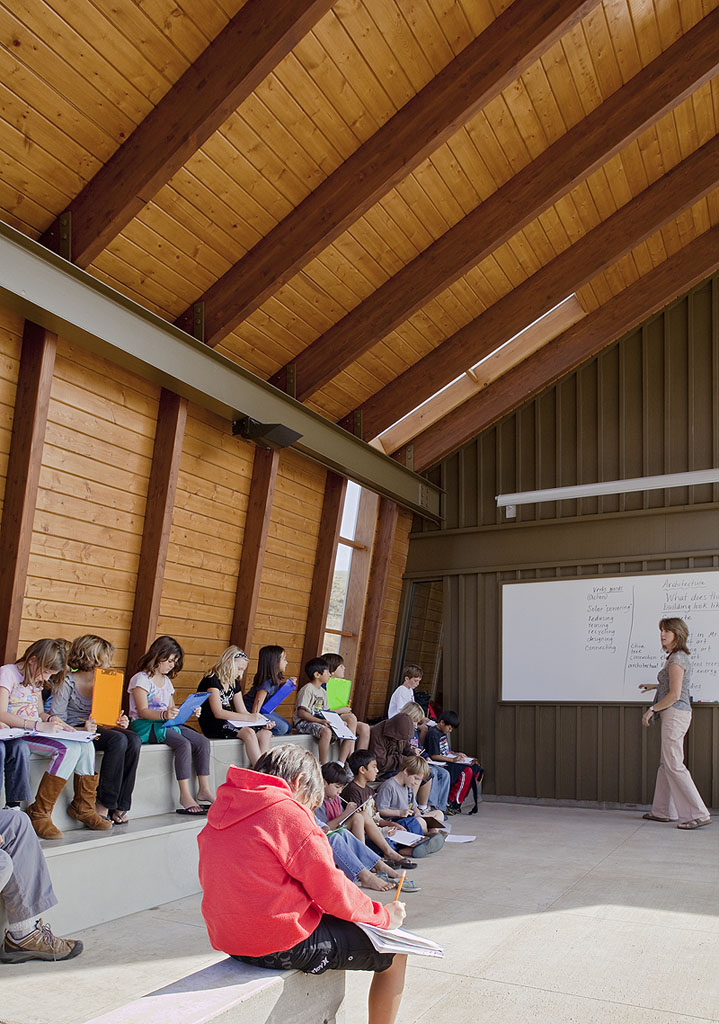

The angled roof of the lab also acts as a shield for the interior spaces. Wiecking’s design concept was to create an airfoil to facilitate air movement. Louvers, as opposed to windows, were placed along this elevation, according to Croteau. The louvers facilitate ventilation without directing strong winds into the space. The building entry and center courtyard space are also situated behind the windbreak.
Solar Energy
It was also critical to optimize the use of solar energy. The building has an east/west axis, with overhangs and wooden sliding shutters for sun protection. Solar collection is maximized by using not only two typical photovoltaic (PV) arrays but also smaller, "bifacial" panels that project over the south side of the roof. These panels can collect solar radiation from both their top and bottom surfaces, thereby capturing energy not only from a skyward direction but from the deck surface, as well. “This is 60% more efficient than a single-faced panel,” says Croteau, “and it also acts as a sunshade.”


To enhance the effect of daylighting, “every room has light coming in from two directions,” says Croteau. “We used translucent corrugated roofing, which gives a wonderful, dynamic quality to the incoming light, and it helps get natural light into areas which are not close to windows.” The polycarbonate material was included by Wiecking in his initial concept sketches. “It can collect passive light that is reflected off of the mountains, without collecting heat,” he says.
Moving Beyond the Theoretical
The Living Building Challenge awards certification only to buildings that have demonstrably met energy-efficiency goals, defined by its 20 imperatives, over the course of a full year. Therefore, systems had to be put in place that would actively keep the HPA's Energy Lab on track in terms of performance.
An extensive Building Automation System (BAS) was installed at the site, which “gathers input from more than 250 meteorological, room, and system sensors and shuts down certain circuits at scheduled times to prevent passive loads. A meteorological monitoring system records solar radiation (among other things) and can detect PV system failure or a drop in efficiency,” says Serra.


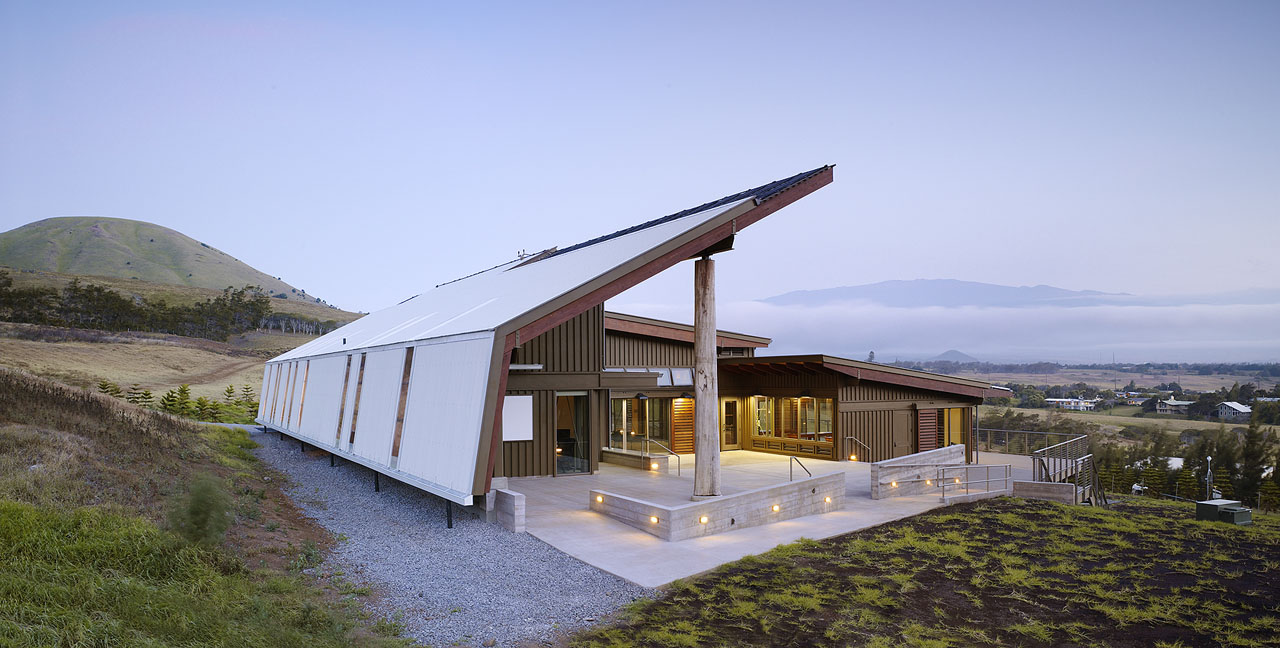
Continual development of the monitoring system is one of Wiecking’s ongoing projects. He has added to the network of sensors. “We’re up to over 500 sensors, now,” he states. “It’s like a nervous system. In fact, we don’t even call it a BAS any more. It’s a Telemetry Control and Monitoring system.”
Wiecking’s monitoring system uses a platform of open source code, so that the data can be intercepted for student use. “It utilizes a digital interface, like a touchscreen, which gives access to a lot of the data stream,” he explains. “There is also a data analysis screen. It is like the Rosetta Stone -- the users can translate as they go.”

Ultimately, Wiecking hopes that the HPA's Energy Lab is a prototype. “We have an eye to the future,” he says. Students, he expects, will not only gather and analyze the building performance data but “export that intelligence” to other institutions.
A Building that “Lives”
The HPA Energy Lab has, in fact, outperformed its theoretical models. Back-up air-conditioning units and exhaust fans have never been used. Air handler units for controlling CO2 have also never been used. During its first year of operation, the building consumed only 114 kWh/month (on average) for lighting.
Overall, says Croteau, the building uses only 30% of the energy predicted. In fact, it produces about twice as much energy as it uses, and surplus energy is routed to other buildings on campus. The campus is connected to the grid and stores excess power on the grid.
Like a biological organism, the Hawaii Preparatory Academy's Energy Lab developed in response to its environment, and it incorporates systems that cause it to continually adapt to its surroundings. Because of this, the designation “Living Building” seems more than apt.

Kristin Dispenza
Kristin graduated from The Ohio State University in 1988 with a B.S. in architecture and a minor in English literature. Afterward, she moved to Seattle, Washington, and began to work as a freelance design journalist, having regular assignments with Seattle’s Daily Journal of Commerce.
After returning to Ohio in 1995, her freelance activities expanded to include writing for trade publications and websites, as well as other forms of electronic media. In 2011, Kristin became the managing editor for Buildipedia.com.
Kristin has been a features writer for Buildipedia.com since January 2010. Some of her articles include:


